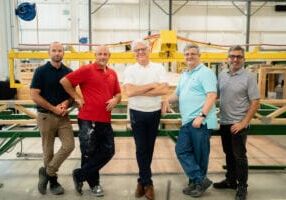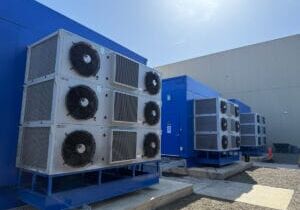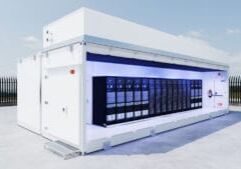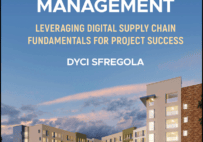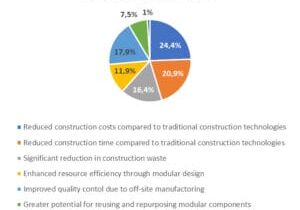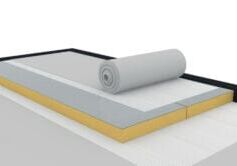Stop Accepting Non Value Added Building Materials in Modular Supply Chains

Jeremiah Osborn is the Supply Chain Director for Fading West
Building materials manufacturers and lumber mills have traditionally relied heavily on outside sales representatives and distributors to sell their products, and for many years this made sense. Having a few large customers with steady demand allowed them to focus on their key competency – manufacturing. Technology and logistics infrastructure did not support a large volume of smaller orders to thousands of customers.
This simply isn’t the case anymore.
Modern CRM and ERP systems make it easier for manufacturers to manage complex orders to multiple customers while still providing high levels of customer service and technical support. I will provide some specific examples of building materials manufacturers who I’m currently working with who have already begun to do this. As procurement professionals, we need to stop accepting high margins for non value added sales representatives and distributors by demanding more transparency and value.
Okay, but how do we actually do this?
This repeatable four step process will explain how to map out your supply chain value stream and provide some easy ways to remove waste. For this example I am going to use a national brand kitchen faucet purchased through a local plumbing distributor.
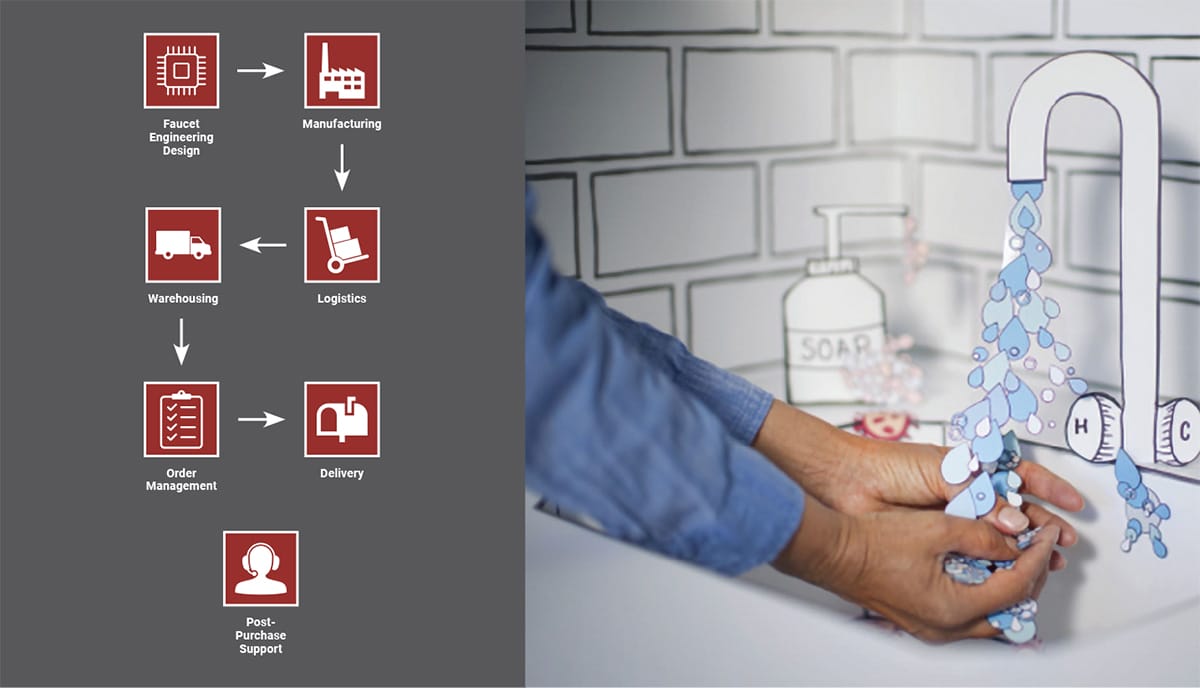
Step 1 – Break Down Your Cost Structure
Think at a high level about all the activities that need to happen for this product to be manufactured and delivered.
For this example, the kitchen faucet is manufactured overseas, shipped in bulk to a national distribution center, broken down to smaller quantities and shipped to my local distributor. My local plumbing distributor warehouses the product, performs order management, and delivers to my factory in small quantities on demand. The national brand uses an outside sales representative to promote the product in my region. The outside sales representative and my local distributor provide technical support and handle warranty claims. This is a high-level breakdown of the cost that I end up paying for this product.
The combined margin represents the following components.
- Manufacturer margin given to the local distributor and passed along to me.
- Additional margin the local distributor places on the product.
- The revenue the outside sales representative makes on the sale of each product to the distributor.
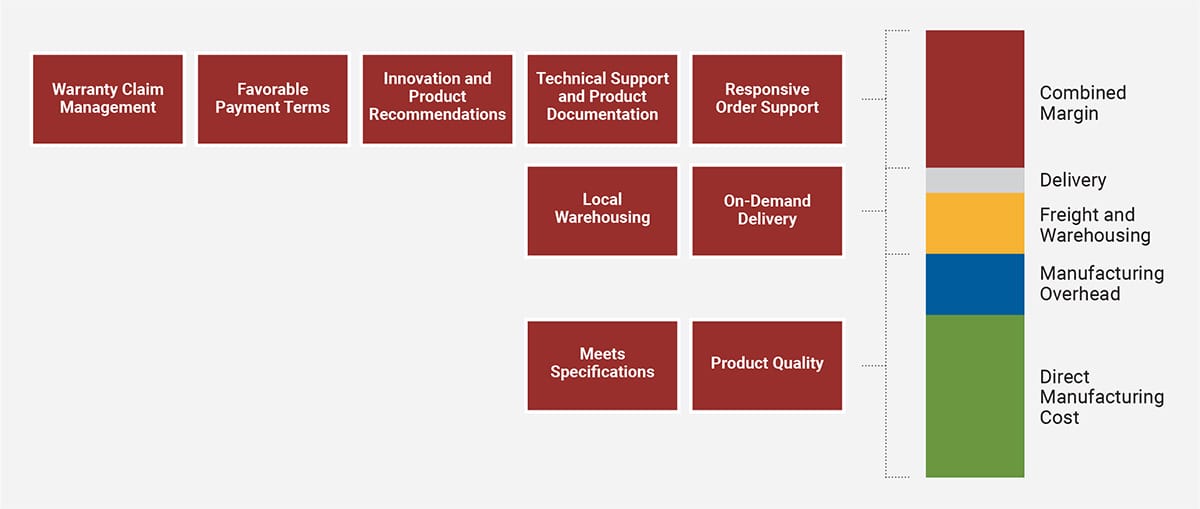
Step 2 – Identify the Characteristics of This Purchase Relationship That Actually Add Value.
Note that I used the term purchase relationship, not simply part. As a procurement professional, I have minimal influence over the part itself. This is often dictated by engineering specifications. I do, however, have influence over the purchase relationship. Here are some examples of characteristics that add value to the purchase relationship, and therefore warrant cost.
- Product Innovation – Does your supplier actively participate in product innovation, make an effort to thoroughly understand your products, and provide suggestions for new products or variations on current products?
- Technical and Engineering Support – How knowledgeable is your supplier on the products they sell. Can they answer technical questions or do they simply say “I’ll have to talk to someone in engineering”, and then never get back to you.
- Warranty and Service – Does your supplier offer a level of service and a warranty that goes beyond the manufacturer’s warranty?
- Warehousing – How willing is your supplier to invest in warehouse space dedicated to your product that provides faster and more reliable delivery?
- Logistics – Frequent, zero cost deliveries in small quantities improves inventory turns and demonstrates reliability when supply issues arise.
- Terms – How favorable are my payment terms?
There could be other examples of value added activities within your purchase relationship. For example, maybe you need to purchase factory build components that require a stamp from a professional engineer and you do not have one on staff. Before starting to map out your value stream it is important to write down all possible value-added activities within a purchase relationship.
For this example, the following characteristics provide value to the kitchen faucet I am procuring.
Step 3 – Associate the Value Added in Step 2 to the Cost in Step 1
When I map this out, it becomes clear that I am assigning a lot of value to what I’m paying in margin to my local plumbing distributor and the outside sales representative. This brings us to the final step – taking action if necessary.

Step 4 – How to Remove Identified Waste
Now that we have a complete picture of both our costs and value, it’s important to pause and ask ourselves if we’re getting what we’re paying for. In many cases we probably are.
Here are a few examples of Purchase Relationships Fading West has with suppliers who demonstrate the value they provide.
UFP Industries supplies trusses for our modular homes. We rely heavily on the engineering capability of UFP. Their design group is responsive and professional. They provide stamped truss drawings with each submittal package. UFP also provides design suggestions and ways we can make our manufacturing process more Lean. We also worked out a freight solution that fills trucks with other UFP provided materials on our truss deliveries, reducing our landed cost.
We recently collaborated with Steve Dubin and Rmax, A Business Unit of the Sika Corporation on an innovative insulation solution that removes a step in our manufacturing process, increases our yield, and reduces our raw material cost. We also worked out a logistics solution that allows us to purchase directly.
Garin Runyon and Tool Country, Inc. provide value as a distributor by dedicating warehouse space specifically for our products. We have moved certain raw materials, packaging components, and tool business to Tool Country because they have the space to buy in bulk, store our materials, and deliver multiple times per week for zero cost.
Tolko Industries developed an extensive logistics network including many rail to truck reload facilities. They have also invested in the customer service resources to develop and manage contracts, offer order support, and provide transparent, commodity based pricing. Buying certain forest products direct from Tolko has reduced both cost and lead time.
However, if we’re not getting the value we’re paying for, what do we do now? Here are a few suggestions.
- The first, and easiest, step is to simply start a conversation with your sales representative.There are ways to let them know that you are taking a closer look at their value stream without sounding confrontational. This is a simple conversation starter:
“I’m getting some pressure to reduce cost. Can you please suggest some lower cost alternatives or some ways we can both take some waste out of the supply chain?” This lets the supplier know that you’re paying attention. It is their job to work with you to fully understand cost and reduce waste. Ask them to come in for a discussion. As probing questions. Don’t let up. A good salesperson will actually appreciate this.
- Buy direct where you can.Some large manufacturers may not be willing to do this, but simply asking them lets them know that you’re not content with the current distribution model. You can also go to their competitors and tell them you’re willing to switch if they will sell direct. It never hurts to ask.
If you need to purchase a specific product and the manufacturer is not willing to sell direct, look at alternate distributors that may have a more efficient distribution operation.
Another option is to ask for a manufacturer rebate. It’s common for a manufacturer to give X% back at the end of the year by agreeing to use their product exclusively.
- Think outside the box.Can you buy a similar product in bulk direct from overseas? If so, are you willing to compromise on things like payment terms and warranty service?
- Be creative when negotiating solutions.Price is not the only thing you can ask for concessions on. Can you get better payment terms? Can you get cheaper or zero cost delivery? Are there packaging or labeling changes that would add additional value without increasing cost?
We don’t need to settle for the outside sales rep/distribution status quo any longer, and many manufacturers are starting to realize this. The best supplier partnerships are based on transparency, trust, and mutual understanding. If you do not have this with critical suppliers don’t be afraid to put the pressure on. We need to make sure we’re getting the value we’re paying for, but the first step is to truly understand the value and understand the cost.
Make 2024 the year you stop settling for the status quo.
More from Modular Advantage
Resia: Breaking All the Rules
Resia Manufacturing, a division of U.S.-based Resia, is now offering prefabricated bathroom and kitchen components to industry partners. Its hybrid fabrication facility produces more precise bathroom and kitchen components (modules) faster and at lower cost than traditional construction. Here’s how Resia Manufacturing does it.
How LINQ Modular Innovates to Bring Modular To The Market in the UAE and Beyond
LINQ Modular, with an office and three manufacturing facilities in Dubai, is a modular firm based in United Arab Emirates. The company is on a mission: to break open the housing and construction markets in the Gulf Cooperation Council (GCC) area with modular.
ModMax: Redefining Modular Construction with Confidence and Precision
ModMax was born out of frustration—frustration with five persistent pain points in modular construction: Permitting bottlenecks. Production delays. Rigid designs. Disconnect between “the office” and the field. Lack of transparency and communication.
LifeArk: Disaster-Resilient Housing from Recycled Plastic and 100-year-old Technology
Wee compares LifeArk’s housing units to Yeti coolers, as they are built similarly. Each component takes 15 to 20 minutes to manufacture, has an R-value of 40, and includes molded slots and chases for wiring, plumbing, fire sprinklers, and other utilities.
Building the Future of Modular Edge Infrastructure
The edge data center market is expanding rapidly, driven by the surge in AI workloads, IoT adoption, and the need for localized compute power. In these environments, sustainability, scalability, and reliability are non-negotiable. Cooling is among the most complex challenges for operators—and one of the most decisive factors in long-term success.
Accelerating Light-Gauge Steel Construction: A Semi-Automated Digital Workflow for Off-Site Projects
For construction professionals, the message is clear. By adopting semi-automation and digitalization, companies can deliver projects faster, more accurately, and more profitably, while also building stronger collaboration across teams. The approach is not about replacing people with machines, but about empowering people with better tools and processes.
Why Modular Data Centers Are Gaining Momentum
Artificial intelligence, high-performance computing, and edge applications push the limits of traditional “stick-built” data centers. They take years build, often struggle with high density workloads, and aren’t optimized for deployments near end users. Modular data center platforms are purpose-built to address these challenges, offering flexibility and scalability to adapt to evolving technologies, while opening new opportunities for the modular construction industry.
Supply Chain Innovation in Action: 5 Habits Every Modular Leader Should Practice
By applying these principles to supply chain practices — collaborative planning, strategic procurement, scenario modeling, digital tools, and transparent forecasting — construction leaders can build value chains that are not just efficient and agile, but truly innovative.
Exploring the Role of Modular Integrated Construction (MiC) in Advancing Circular City Principles – A Survey of Stakeholder Perspectives
The survey findings highlight the significant potential of Modular integrated Construction (MiC) in advancing the development of circular cities. By reducing costs, accelerating construction timelines, and minimizing waste generation, MiC offers a promising approach to sustainable urban development.
The Use of MS POLYMER™-Based Sealants and Adhesives in Modular Building
These products combine flexibility and elastic recovery with excellent adhesion to different substrates and have already shown their usefulness in traditional construction. Now it’s time for them to be put to use in the modular construction industry.



